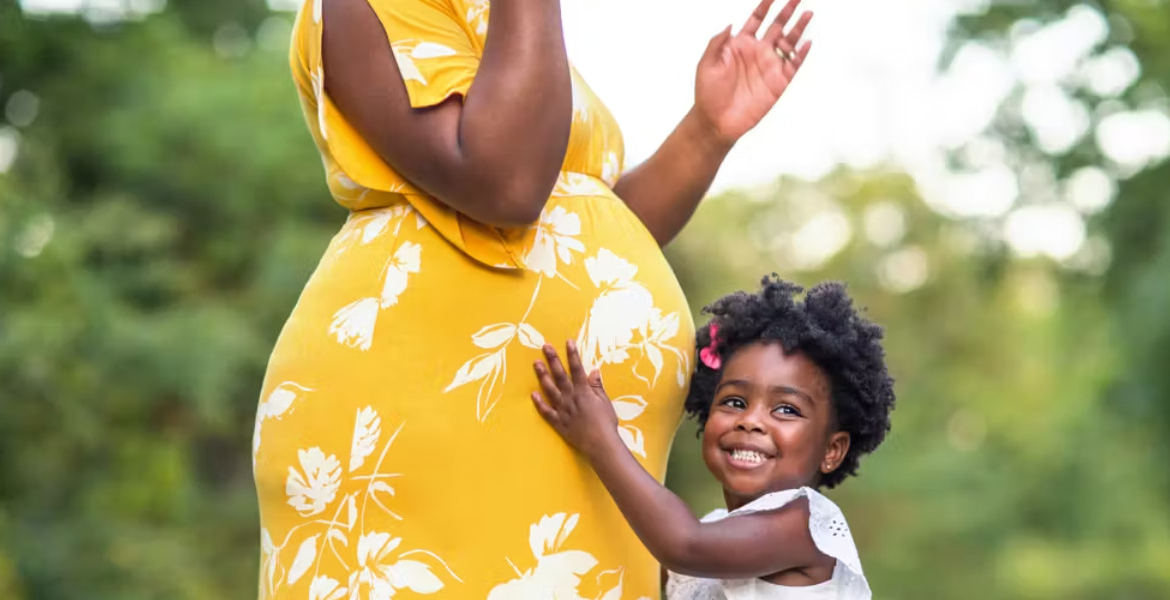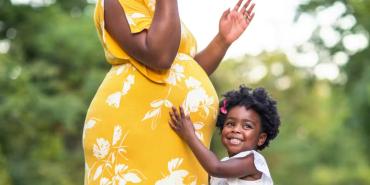Is Three Years the Best Interval for Child Spacing? Experts Weigh In

Recent studies are shedding light on the complex interplay between sibling age gaps, personality development, and family dynamics, revealing that the time between births can significantly influence children's emotional and social growth.
The conventional wisdom of tight-knit sibling bonds belies a more nuanced reality, according to research that suggests the distance between siblings' ages can profoundly affect their personalities, interactions, and life trajectories. Two recent academic inquiries, one from the IZA Institute of Labour Economics and another published in Early Child Development and Care, offer contrasting perspectives on this phenomenon, exploring everything from childhood bonding and resource allocation to behavioural traits and family dynamics.
A 2017 study by Maastricht University researchers, published by the IZA Institute of Labor Economics, posits that shorter intervals between births can lead to increased competition for parental attention and resources. In scenarios where siblings are born close together, they often vie for similar developmental advantages, be it learning to ride a bike, securing academic guidance, or receiving financial support.
However, the study acknowledges the potential benefits of close spacing. Younger siblings may learn by observing their older counterparts, and shared experiences can enhance social skills, self-esteem, and cooperative behaviour. This dual-edged impact complicates any singular conclusion about the effects of birth spacing on personality development, the researchers argued.
The study suggests that birth spacing can influence a range of psychological attributes, including competitiveness, neuroticism, extraversion, and the ability to form social connections. However, the researchers emphasise the unpredictable nature of personality formation, noting that contrasting forces, competition for resources versus shared learning, complicate the landscape of sibling dynamics.
A more recent study, published in Early Child Development and Care in 2023 by researchers from Hangzhou Normal University and Shanghai University of Traditional Chinese Medicine, examined sibling relationships through the lens of sharing behaviours as an indicator of prosocial development. This research argues that children with siblings tend to exhibit stronger cooperative skills than only children.
This research highlights the influence of birth spacing on sibling rivalry and elder sibling support, suggesting that wider age gaps reduce the likelihood of competition, fostering mentorship-like relationships between siblings. A wider gap often enables older siblings to take on guiding roles, helping their younger counterparts navigate childhood challenges without direct competition.
Notably, the 2023 findings align with previous studies from 1976 and 2017, which advocated for an optimal birth spacing of three years. This interval, according to their analysis, strikes a balance, preventing excessive conflict while preserving a sense of closeness. While siblings born less than two years apart may form tighter friendships, they may also experience more frequent disputes. Conversely, those separated by more than four years risk developing detached relationships due to differing developmental milestones and social circles.
The study suggests that smaller gaps might lead to heightened sibling conflict, while overly large gaps could foster introversion and reduced interpersonal skills. The researchers proposed that a three-year spacing allows for an ideal blend of competition and camaraderie, ensuring smoother sibling interactions while avoiding the extremes of rivalry or detachment.
Real-World Perspectives: Parents and Experts Weigh In
Beyond the theoretical conclusions, parents and experts offer practical perspectives on sibling age gaps, highlighting the real-world implications of these research findings. Ruth Ngoge, a secondary school teacher and mother of four, found that the three-year gap has proven effective in her household. She emphasises the advantages of raising children in similar developmental phases.
"The kids grow together, bonding as they play," she explains, noting that close spacing fosters a shared childhood experience.
Ngoge also point out the convenience for parents, highlighting that raising multiple young children simultaneously allows families to structure caregiving responsibilities more efficiently. She contrasts this with wider gaps, which may require parents to adjust their routines multiple times to accommodate differing developmental milestones. Lucy Muthoni, a midwife who works with expectant mothers at a Nairobi-based maternal care organisation, acknowledges the medical and psychological factors at play.
"I suggest at least a year before the next pregnancy to allow the child to settle into life outside the womb," she advises. Muthoni's perspective highlights the physiological needs of both the newborn and the mother, emphasising recovery time before considering another pregnancy.
She also argues that birth spacing should be determined by individual family circumstances. While academic literature suggests three years as the ideal gap, practical considerations such as maternal age, financial resources, and lifestyle preferences may prompt parents to make different choices. Cultural beliefs also factor into birth spacing decisions. Filikita Jillo, a radio presenter and mother of one, shares insights from her Pokomo heritage.
In her community, the term "kunyuuka" refers to the malnourishment that may result if a mother conceives while still breastfeeding. This belief underscores the preference for spacing pregnancies by at least one year, allowing the mother's body to replenish itself before carrying another child. Ultimately, the most crucial point is the individuality of sibling relationships. While research points to three years as an optimal gap, real-world factors often influence family decisions in more profound ways. Some families may thrive with tightly spaced siblings who bond through shared experiences, while others may find wider spacing beneficial in reducing rivalry and resource competition.
The psychological effects also appear to be gender-sensitive. The 2023 study observed that boys in wider spacing arrangements exhibited higher neurotic tendencies, while girls in smaller gaps displayed introverted behaviours. While these findings suggest that birth spacing may shape personality traits in unique ways, the extent to which these traits influence long-term success remains uncertain.
Birth spacing remains a deeply personal decision for parents. While science and sociology offer valuable insights, the right choice varies for every family. Whether opting for closely spaced siblings or a wider age gap, the key lies in fostering an environment where each child receives emotional support, parental attention, and the resources they need to thrive.








Add new comment